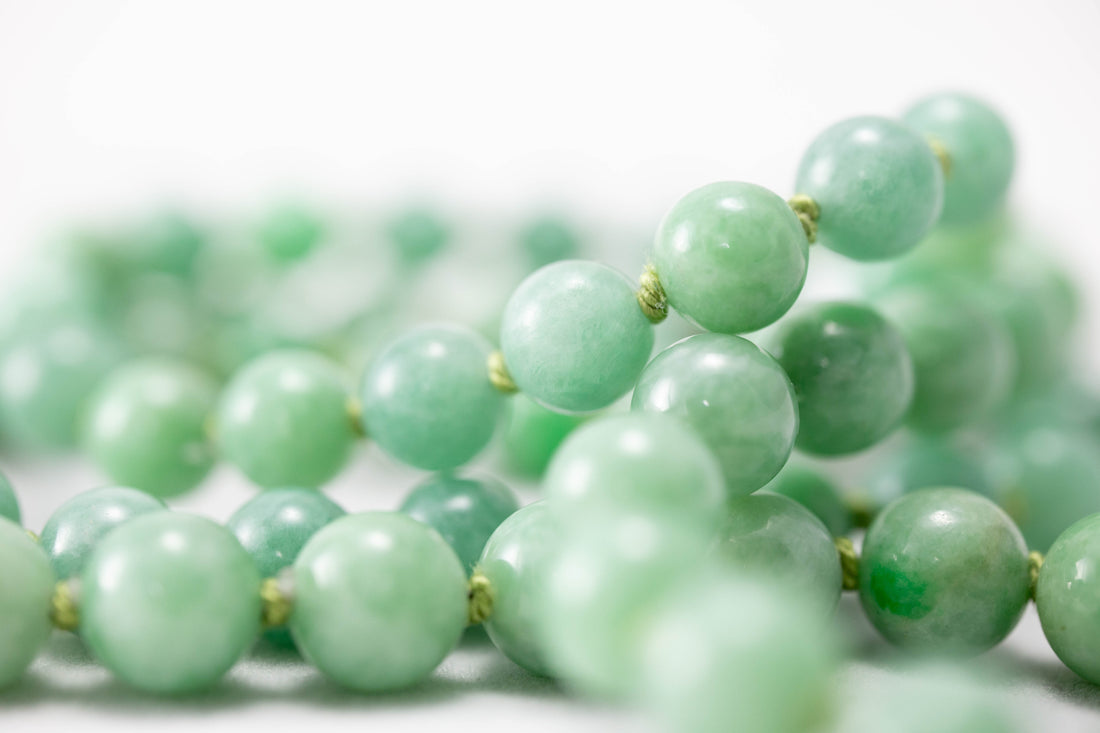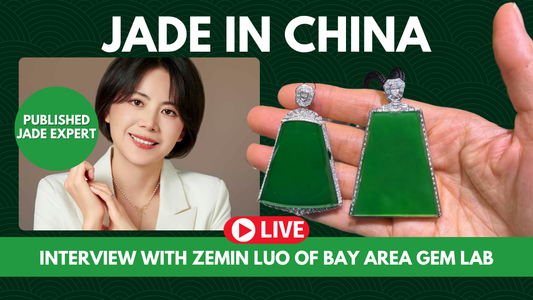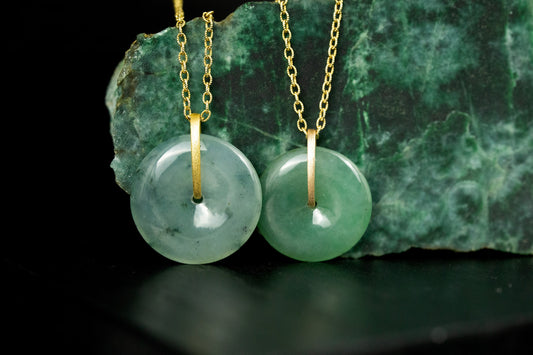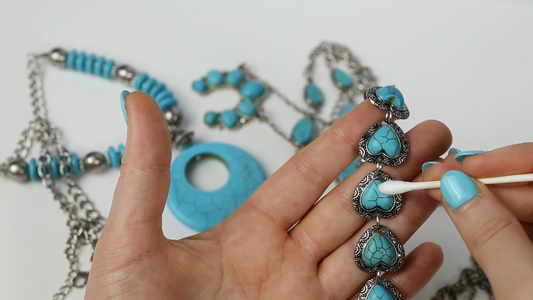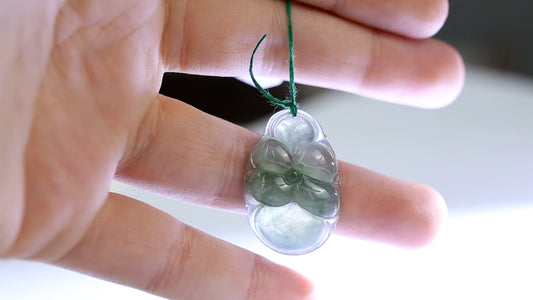Due to jade's value and rarity, there comes a market full of simulants and treated stones. As a result, many people turn to at-home tests to determine if their jade is real or fake, including the "look test." Unfortunately, identifying natural jade is much more complicated than just looking at it.
Jade Treatment Codes
Jadeite jade is one of the toughest gemstones on the planet, known for its long-lasting, stable color. Natural jade, or 'A Jade,' comes out of the ground with that color, without the use of dyes or treatments. On the other hand, 'B Jade' refers to treated jade that has been acid-bleached and impregnated with polymer or resin. This treated jade is brittle, unstable, and has a significantly lower value than natural jade. 'C Jade' is jade that has been dyed, while 'B+C Jade' is treated with acid-bleaching, polymer impregnation, and dye.
While treated jade may look like high-quality jadeite and will test as jadeite on a refractometer, experts cannot be certain by sight alone whether a piece is 'A' or 'B' jade. That's why advanced gemological testing is necessary to distinguish between them. It's important to note that just because your jade is from China, that doesn't mean it's natural.

The Most Common Jade Simulant
Quartz is the most common jade simulant, which can look identical to natural jade. On top of that, most at-home jade tests can not distinguish jade from quartz. They have very similar appearance, sonority (think "the ping test"), hardness, and sometimes even fracture.
However, it's easily identified with standard gemological testing that your local jewelry store probably offers.
The "look test" is simply not enough for a muggle (aka a person outside of the jewelry industry) to conclusively identify natural jade. Some fake jade looks incredibly real, and treated jade can be difficult to distinguish from natural jade by sight alone.

